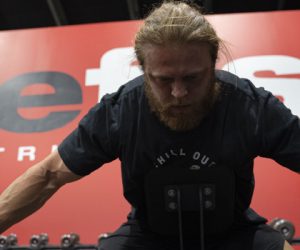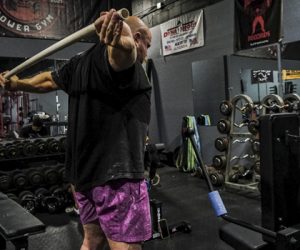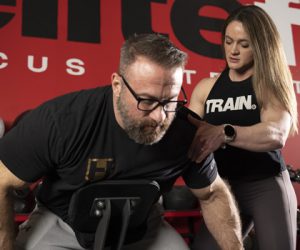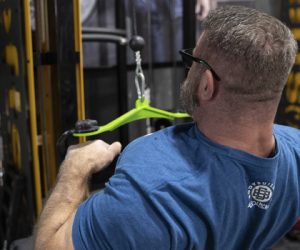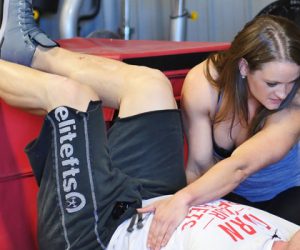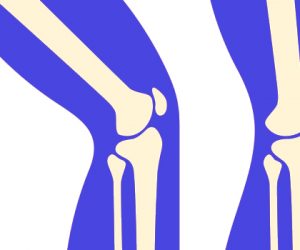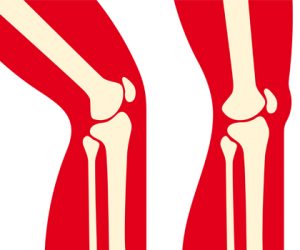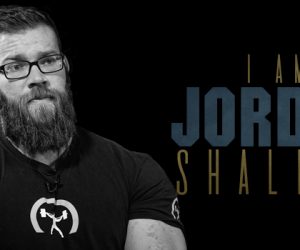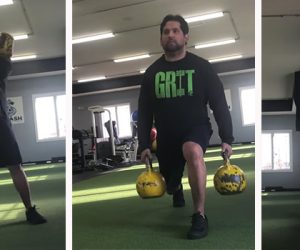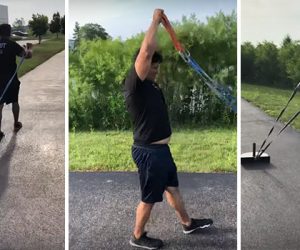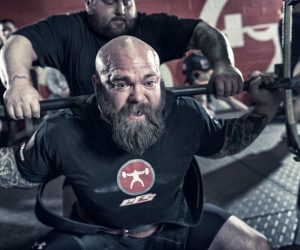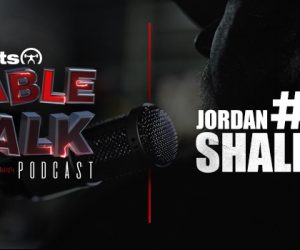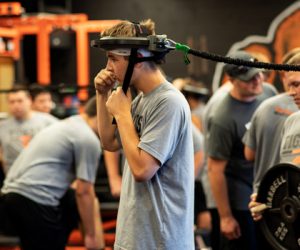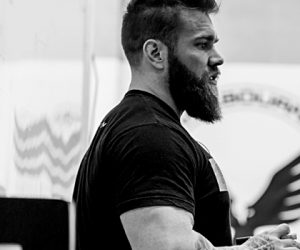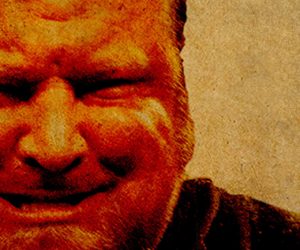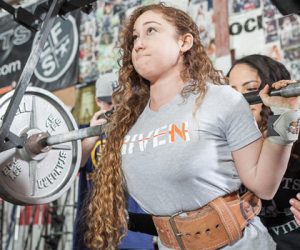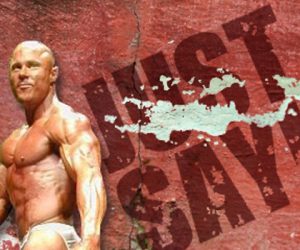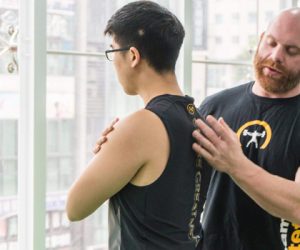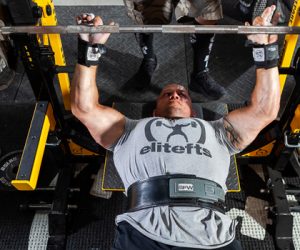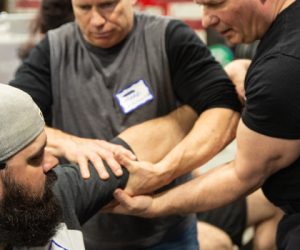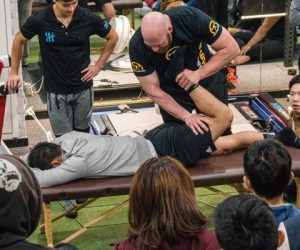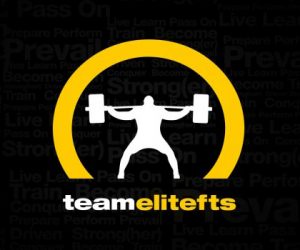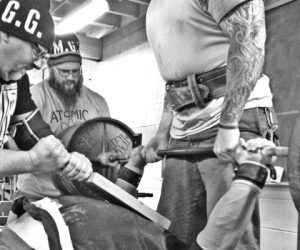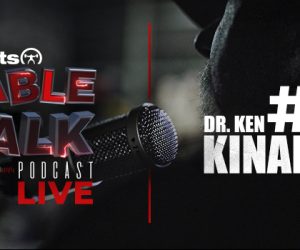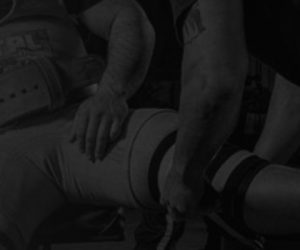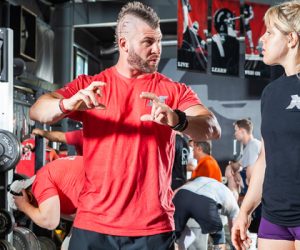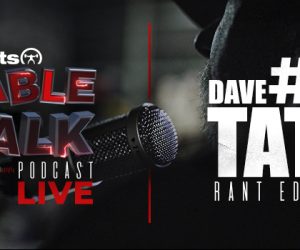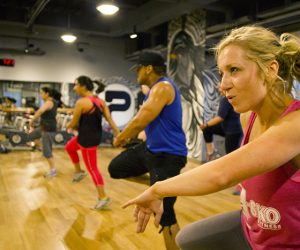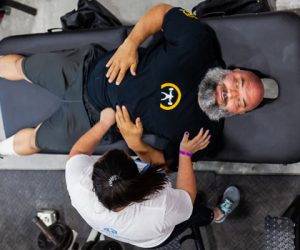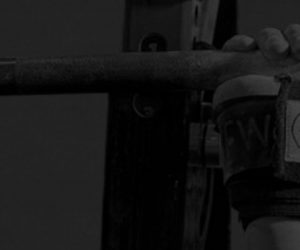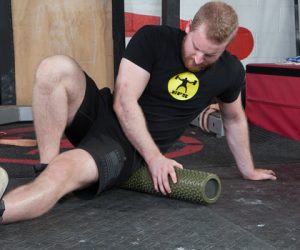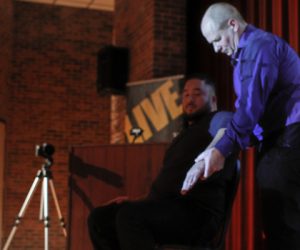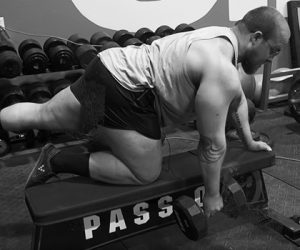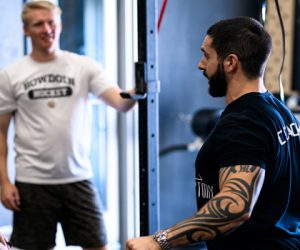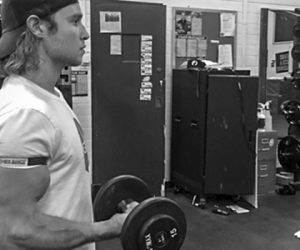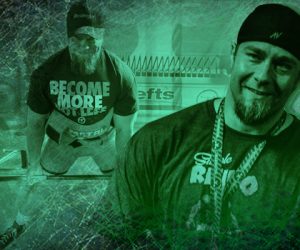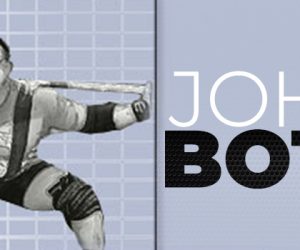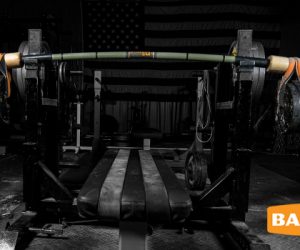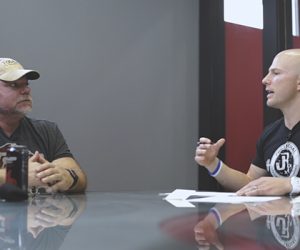High-Performance Solutions to Common Injuries
Overuse injuries build up over time due to incomplete rest. Take a look at the cycle to prevent your next injury.
Correct Application and Execution of The McGill Big 3
The McGill Big 3 has been used for over three decades to help people recover from back pain. However, with the surge in online gurus and overnight trainers, the Big 3 has often been butchered and changed from its original intent.
The Need for Addressing Basic Pelvic Deficiencies in Baseball Programs
The pelvis and hip cannot be neglected in baseball pitcher’s athletic training programs. Don’t miss out on these key performance indicator’s for your pitching athletes.
How to Make Your Rehab Suck
If getting under the bar is the end goal post-injury, here’s what NOT to do. By knowing the wrong approach, it’s easier to grasp what’s right.
No More Shitty Pecs
This is a fun one where I relate viscoelasticity to training stimuli in a way you’ll understand to fix your shitty pecs…
Revisiting the Cross-Body Cable Extension
The Cross-Body Cable Extension has enormous potential to address a myriad of shoulder and upper back issues, but you’re doing it wrong.
Intensity Techniques to Use in a Rehab Block
Ditch the boring “three sets of eight to ten reps of rehab movement,” to break the mold and bridge the gap between training and rehab.
Structuring a Rehabilitation Plan
Physical rehabilitation is as much about the mind as it is the body. The right attitude is the first step to putting a stable, consistent rehabilitation plan in motion.
The Post-Surgical Knee: The Stability and Proprioception Rebuild
The initial stages of the balance, stability, and proprioception phase will be performed through the slow rebuilding of ROM through single-leg movements and will eventually use more advanced dynamic movements, such as jumping and landing mechanics drills.
The Post-Surgical Knee: The Range of Motion Rebuild
The focus of this article will put on the importance of the phase following the rehab phase in terms of the rebuilding of stability, strength, and proprioception in knee injuries, such as patellar fractures and ACL tears.
WATCH: I am Jordan Shallow
“I’m not the strongest guy in the world, but I might have a run as one of the stronger chiropractors.” elitefts coach and columnist Dr. Jordan Shallow wants to make his mark in chiropractic, education, training, and fitness — and he might be doing just that through his travels and writings.
Project Return to Press: The Road Back
You really don’t appreciate something until it’s gone. But man, when you’re able to bench again… there’s nothing like it.
Project Return to Press: No Barbell, No Problem
OK, maybe I shouldn’t have gone so hardcore with jiu-jitsu, but you know what? I made the best of my injury and learned from it.
Programming Through Injury: Good, Better, and Best Options
Programming through injury doesn’t need to be nearly as complicated as we make it. It’s not really all that different than programming a regular training block for a movement with a few differences.
Paying the Price of the Platform
The wear and tear of the sport doesn’t end when the lifter stops competing. The price of the platform may be one that they will pay for throughout the rest of their lives.
LISTEN: Table Talk Podcast #36 with Jordan Shallow
The Muscle Doc is in the house! Dr. Jordan Shallow is here to answer your (bench) pressing questions, so hop on the livestream and ask away!
Don't Ignore Systemic Interplay
If we want to help people, we have got to stop picking camps and start putting the client first. Here’s a prime example of how to do that with a focus on the respiratory system.
Neck Training Guidelines to Reduce Incidences and Severity of Concussions
A strong neck is critical to preventing concussions in athletes participating in contact sports — but what are the best ways to strengthen necks?
The Injury Equation
Whether they know it or not, most therapists and trainers who are following the current injury paradigm are focusing solely on one part of the equation; they are exclusively focused on tissue tolerance, which is essentially a one-dimensional view.
Chad vs. The World: Redefining Dedication
Even the smartest, strongest, and best of us can learn and improve on what we do or how we do it. The journey for strength is all about education and learning, and this is how we continue to get stronger. All of this takes dedication.
Chad vs. The World: Widening My Tunnel Vision
It is tough to look back with a clear open mind to see from a different perspective. It is with a clear open mind that I was able to see I did it wrong — and it’s not just in terms of my powerlifting career, but my life as whole.
Hard Lessons Learned From Half a Lifetime of Lifting
With a bachelor’s degree in exercise science, a master’s degree, and a doctorate in the works, you think I’d be smart about how I trained. Well, think again! I’ve spent most of my life training like an idiot. Don’t make the mistakes I did. Learn from them.
How to Get Through a Near Career-Ending Injury
It’s said a person is only one injury away from ending your sports career. When dealing with that kind of injury, we often neglect how it affects our minds, which are almost just as easy to break as our bodies.
Can I Continue to Build Muscle in My 40s Without Getting Injured?
Oh, lordy, are you over 40? Sure, you might not feel like 40 most of the time (or all of the time), but you need to remember you’re not a 20-something anymore, so you can’t be training like one, either. Back to the question in the title… Yes.
3 Things Physical Therapy School Taught Me About Being A Strength Coach
I could write a big article covering every detail about physical therapy and strength coaching, but I’ve chosen to spare your computer screen space and discuss the most important topics about what physical therapy school taught me about being a strength coach.
Vincent Dizenzo's BAMF Program
A few weeks ago I blogged about how I was mistakenly looking for a one-size-fits-all approach to dealing with my injuries, and my circumstances are different. But with the help of four friends (and my wife), we came up with a BAMF program. Here it is.
Can A Hickey Help Your Recovery?
This isn’t a hickey from your teenage years; the kind of hickey I’m talking about is created from a recovery modality known as “cupping.” Does cupping work, or is it just a fad that could leave you bruised and broken? OK, it DOES leave bruises, but broken? Not so much.
Should the Patient Hear the Pop?
When I started adjusting patients, I liked the sound of popping. I was really attached to it. But if you’re just trying to hear that “pop,” you might end up hurting someone for something that might not have been necessary in the first place.
Understanding Groin Injuries: Tendon Injuries
Tendon injuries suck. The healing process for tendon injuries is slower than it is for muscle tears. If you ended up rupturing your tendon, you may require surgery. But there are still some things you can do in terms of rehabbing certain tendon injuries…
Why Your Bones Need Time to Recover
We’re starting to see more and more bone injuries. We’ve seen it in powerlifting, where all of a sudden, if someone, especially younger lifters — they don’t have enough time to lay down that bone properly — I’ve seen bones actually snap. That’s why recovery is so important.
If I Don't Have a Practitioner, Where Do I Go for Help?
I don’t care if it’s a physical therapist, a chiropractor, or a medical doctor. You need someone who looks at the overall picture, not just the area that’s giving you trouble.
Meet Report: Making a Comeback at APF Nationals After a Painful Injury
Two years ago, I injured myself at a meet. The pain was so bad I nearly pulled out of the meet. After talking with some experts, I decided to hop into the APF Nationals without a weight cut and with a quick prep. Let’s just say it’s good to be back.
Understanding Groin Injuries: A Muscle Tear
The biggest thing you need to take away from muscle tears is that the healing process is largely chemically based and physiologically mediated in order to remedy the mechanical disruption and restore (again) mechanical strength.
You Might Be a Serious Powerlifter If...
This life we live is comprised of sheep, and it is also comprised of shepherds. Followers or leaders. The flock goes where it is directed. Shepherds set the course for the journey. Are you part of the flock? Or are you a shepherd? Are you a serious powerlifter or not?
Understanding Groin Injuries: A Primer
I’m not going to lie, I’ve had a number of injuries through my training, but Dave was right: groin injuries are a different beast, and the nature of the beast is going to depend more fully on what actual tissue was affected.
LISTEN: Table Talk Podcast #9 with Dr. Ken Kinakin
In this episode of Table Talk Podcast, Dave Tate and Dr. Ken Kinakin talk about a variety of lifting-related injuries, working around and preventing said injuries, the Society of Weight-Training Injury Specialists, and more.
Keyboard Warriors Need to Stop!
People with similar issues can respond differently to the same treatments, so having multiple solutions is a great way to increase the likelihood of success. As for arguing about different solutions with experts on the internet? Not so great.
Take a Survey About Knee Wraps for Science!
elitefts columnist Marilia Coutinho needs your help! Help her gather data on knee wraps for the latest installment in her "How Stuff Works" series about lifting gear.
Activate and Contract Lower Abdominals for a Healthy Pelvis Position
Do not settle on one fix and rely on it. Instead, rely on multiple exercises and this simple formula: more muscle used = more stability = more strength. Considering your lower abdominals, here are two exercises to try.
LISTEN: Table Talk Podcast #6 with Dave Tate (Rant Edition)
In this episode of Table Talk Podcast, you might want to grab your headphones because Dave Tate has some choice words on a variety of topics.
Gym Rats Rejoice: Tennessee Repeals Amusement Tax on Gym Memberships
Tennessee just took a load off gym owners' shoulders by repealing a $10 million amusement tax on gym memberships. The law will go into effect on July 1st.
Troubleshooting Strength Injuries: Dealing with Injury
For those of you who are currently dealing with a significant injury, this article, the fifth and final part of the Troubleshooting Strength Injuries series, will help serve as a road map to recovery.
Want to Contribute to an Article? Click here!
elitefts columnist Marilia Coutinho needs some help on her latest scholastic endeavor: a first-of-its-kind article scholarly series about the science of the benefits of lifting gear. Help her gather some data on wrist wraps by taking a survey. Share to spread the word and your experience on wrist wraps.
FAI and the Rehab Process: The IT Band as the Root of All Problems
Soft tissue therapy is an undeniably important aspect of the rehab process of Femoro-Acetabular Impingement, but there’s a commonly overlooked aspect as well: the iliotibial band, or IT band, which is often a major player in the cause of FAI.
Troubleshooting Strength Injuries: How to Autoregulate
Autoregulation is about being able to gather as much information as possible to assess the current situation and knowledge. Once you know that, you can apply this knowledge to autoregulate your training… but you’ll need to learn a couple of skills first.
WATCH: SSTSS Presenter Dr. Kinakin on Weightlifting Injuries in Athletes
With all of his credentials, it’s no wonder Dr. Ken Kinakin has been a speaker at elitefts seminars — and he’ll be taking up the role again for the upcoming 2019 Strong(er) Sports Training and Success Summit. Here are the topics he’ll be presenting on.
The Quadruped Row Exercise for Lat Isolation Issues
Have a lat activation issue? So does elitefts athlete Joe Sullivan. After getting the green light from his physical therapist (and thinking like an athlete even though he’s a self-proclaimed “dumb weightlifter”), he’s working on some isolation exercises, like the quadruped row.
The Art of Programming for Injury Prevention/Risk Management
I believe the most important role of a strength and conditioning coach is to create programs that minimize the risk of injury. Armed with knowledge from a study on rugby injuries, I wrote a program that focuses on strengthening injury-prone areas. Here’s what I came up with.
Troubleshooting Strength Injuries: What is Autoregulation?
There’s a sweet spot where stressors are present as motivating and growth factors but not too much to where athletes become chronically sympathetic, causing a cascade of performance-altering events. This spot is called autoregulation.
Troubleshooting Strength Injuries: Warning Signs of Injury
Understanding the warning signs and red flags of injury are paramount to successfully pushing your body to the brink without derailing due to injury. So what signs did our example athlete miss in the previous article?
The Most Valuable Aspect of Box Group Programming
While many coaches preach “do extra” before and after in order to perform arguably the most valuable aspect of group programming, your clients do not need to show up early for class or stay late to accomplish this.
Introducing New elitefts Columnist Dr. Tyrel Detweiler
As an elitefts team member, he'll use his column as an opportunity to help educate others while giving back to a brand that has been so influential in his own career as an athlete and professional.
3 Scientific Theories Behind Blood Flow Restriction Training
More than a popular trend, these three theories from Dr. Leonneke receive support from studies showing increases in muscular strength, hypertrophy, and testosterone levels after BFR training.
Getting the Most Out of Your Extra Workouts: Rules to Follow and Types o...
If you are looking to move up the ranks then extra workouts are the way to add extra volume, bring up weak muscle groups, and improve your general physical preparedness, mobility, flexibility, and body composition.
The 14-Day Program: An Interview with John Bott
What did your training look like before you began this training? Give us a sample week/template that would be fairly typical of what you did.
The Acute Phase of Injury: What Just Happened?
Once you’ve started the waiting game and it has sunk in you’re out of training for a while, there are definite ways to set yourself up for success. This is something I’m currently experiencing myself after tearing the adductor longus tendon from my pelvis.
WATCH: BandBell Equipment Demonstration with Founder Jim Seitzer
By explaining the concept of Oscillating Kinetic Energy and demonstrating the setup, Jim gives you everything you need to know to get the most out of the Bamboo, Earthquake, and E-Maxx bars.
WATCH: Fixing Dave Tate — Initial Assessment with Dr. John Rusin
Years of pushing his body to the limit has left Dave with two hip replacements, numerous shoulder surgeries, more injuries than he can recall, constant daily pain, and restricted movement. It’s time for a change.
Back to the Platform After Injury: The First Steps
Dave LaMartina is one of the hardest working lifters I’ve met, and has proven over many years that he is willing to train through just about anything. After significant injury led to him stepping off the platform, he reached out to me, and this is how he came back.









